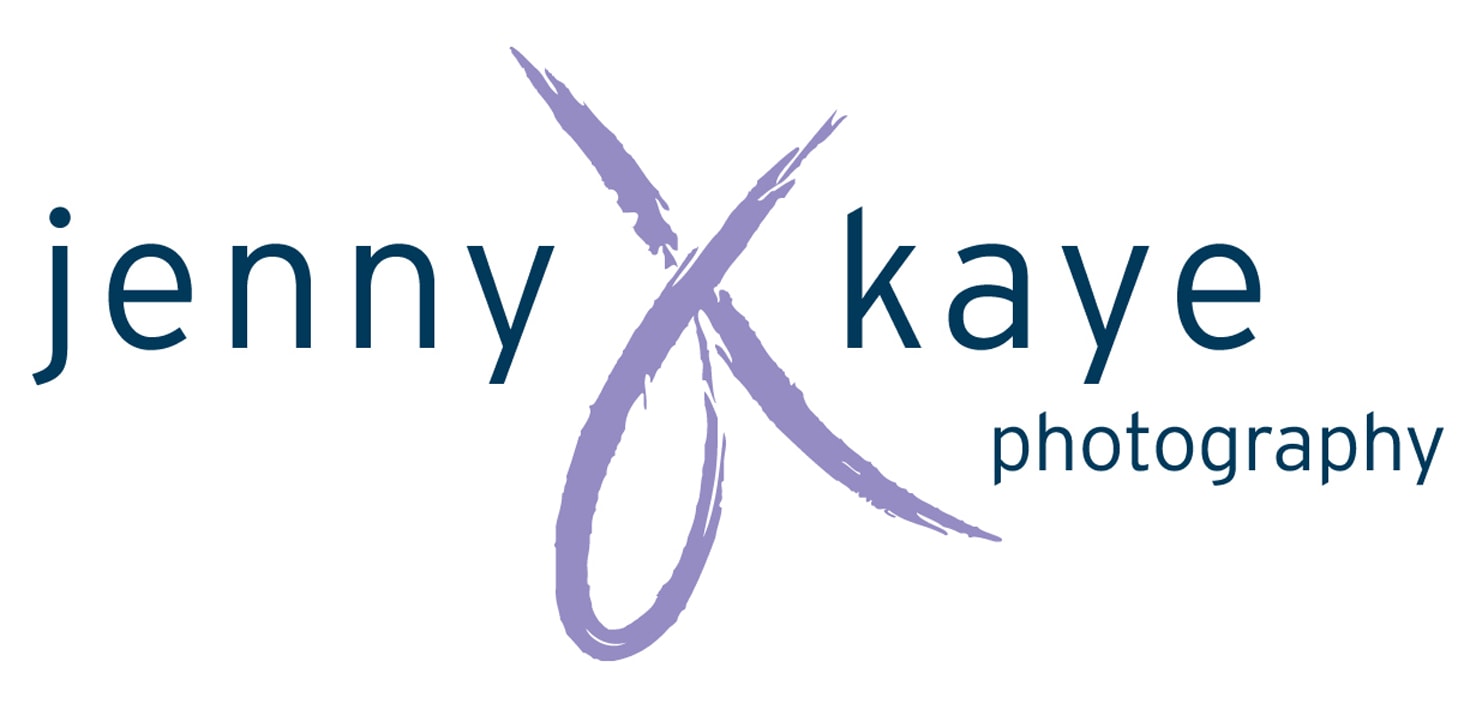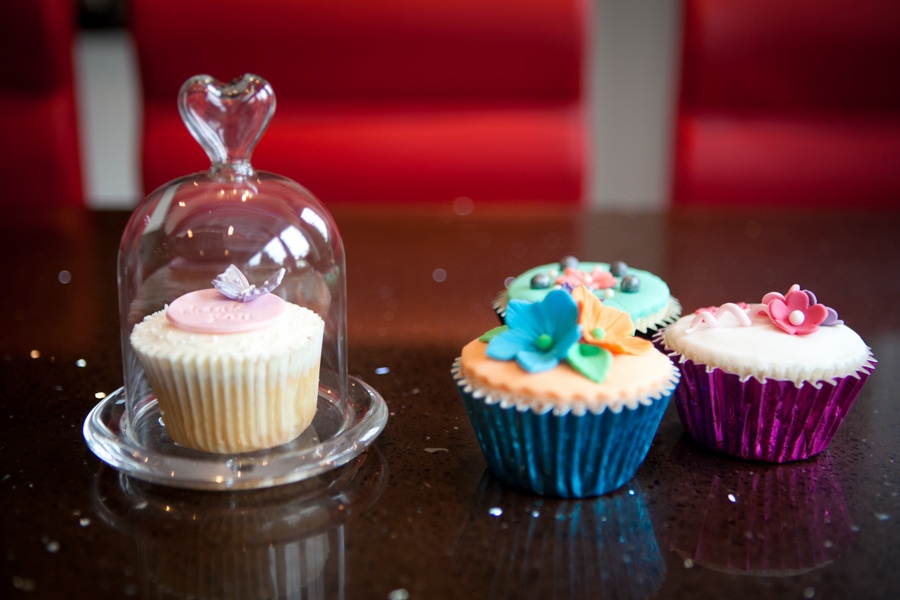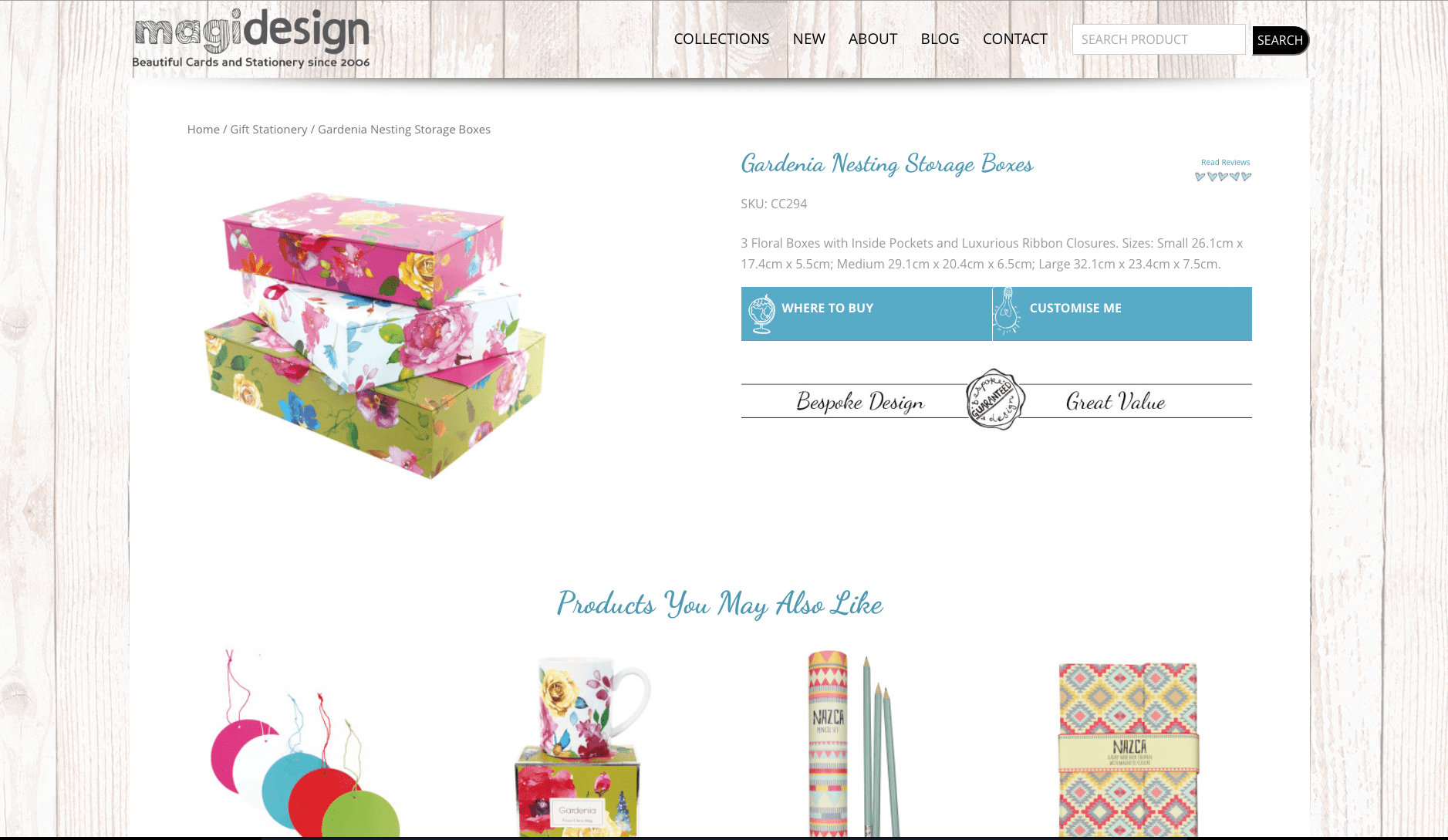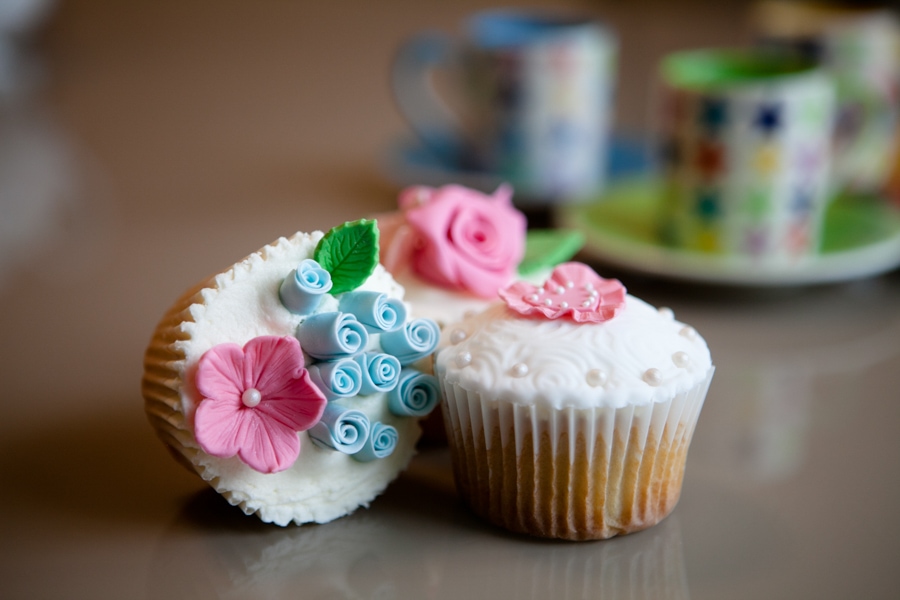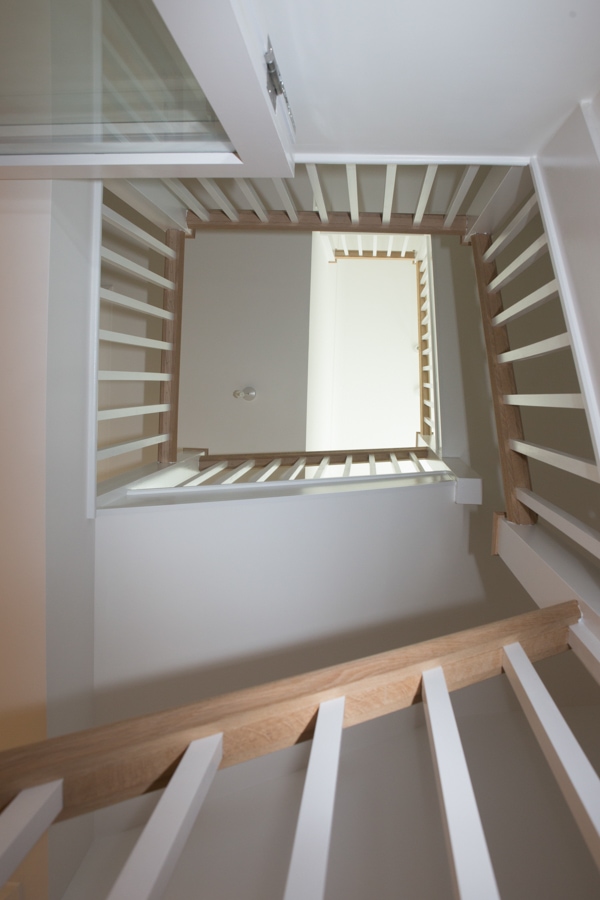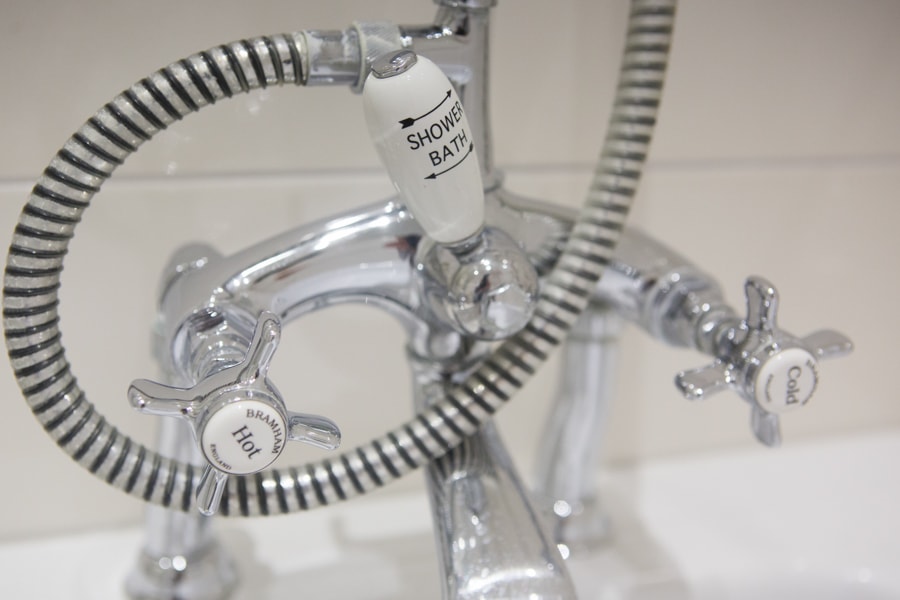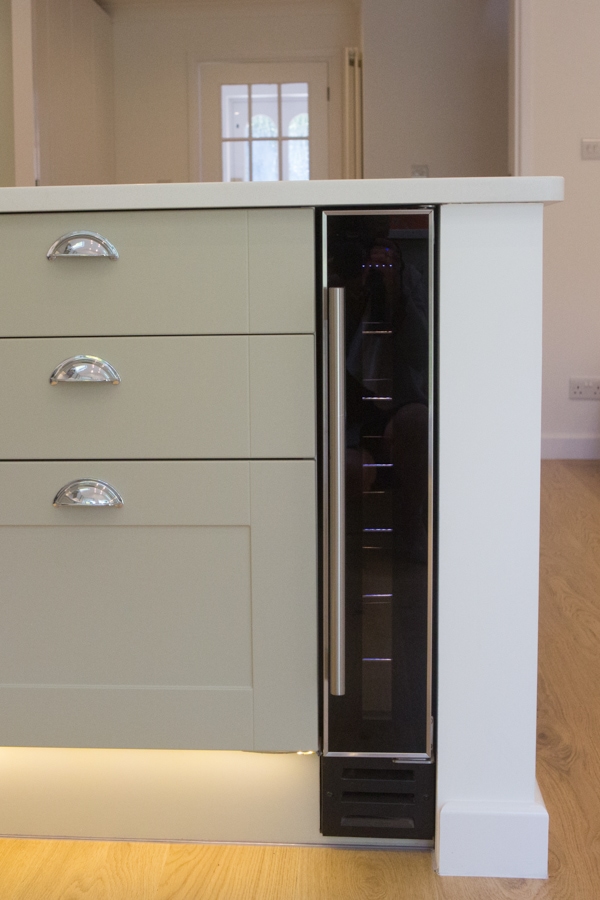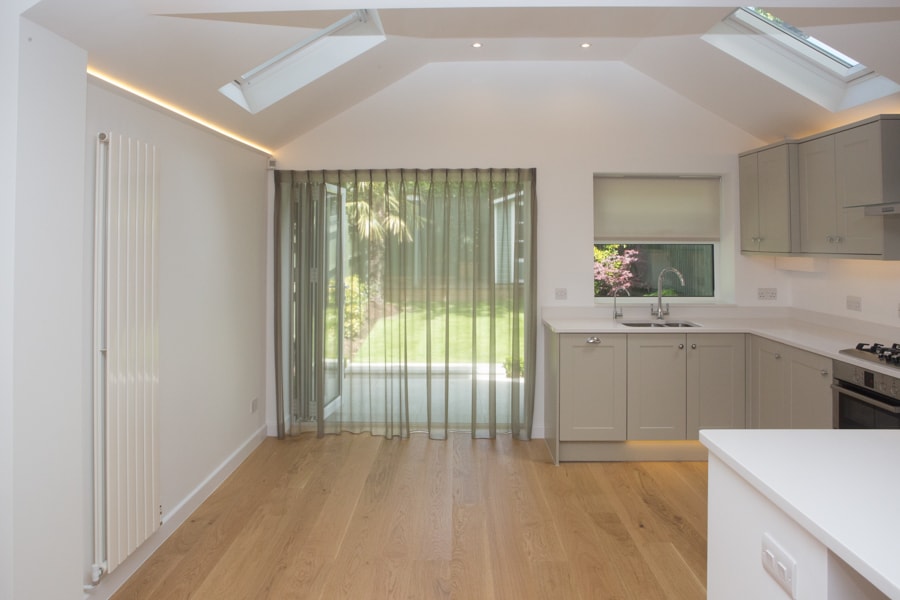Alongside requests for family portraits and teen photoshoots, I often get asked to provide imagery for websites or brochures. There are many different kinds of commercial photography ranging from corporate headshots to product photography to event photography and building a social media profile, so I thought I would do a few blog posts on the different aspects of Commercial Photography, starting with Product Photography.
With the increasing reliance we all place on the internet as our source of information, clearly the imagery that represents your product is critical in terms of conveying not only the essential information and key features or specifications of the product, but also the brand. It is both the FACTS that people want to see, but also the FEEL of the product, and the challenge is to convey all this information without the help of a real life sales assistant on hand to demonstrate or explain the benefits.
Below are some screenshots from MagiDesign, a small company creating beautiful cards and stationery that I photographed. These were taken using studio lighting on a white background so that the imagery could be placed on a white background. It’s harder than it looks to get the perspectives, layout and composition just right!
Whilst technical competence is a pre-requisite, strong attention to detail as well as a good eye are essential to convey the right image and message. Lighting for product photography is key, whether this is in a studio or on location at client premises or elsewhere as this provides a powerful tool in creating the right atmosphere. Studio lighting can be used to create crisp clean imagery on a white background which can be used for catalogue layout, or to create drama and mood in an image.
But it’s not all cakes and cards! Sometimes I get asked to do larger products – like houses! You may have noticed that sometimes it is difficult to get really good photos of rooms or houses – they don’t always seem to look quite right in camera compared to what the naked eye sees, particularly when it comes to perspectives and keeping the uprights upright. Our brain automatically combines the images received from each eye to provide us with something that makes sense – while the camera simply records.
